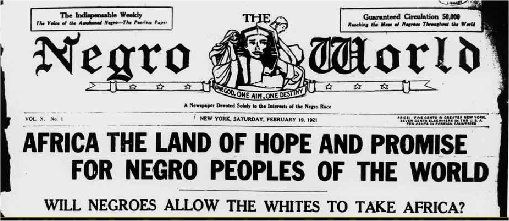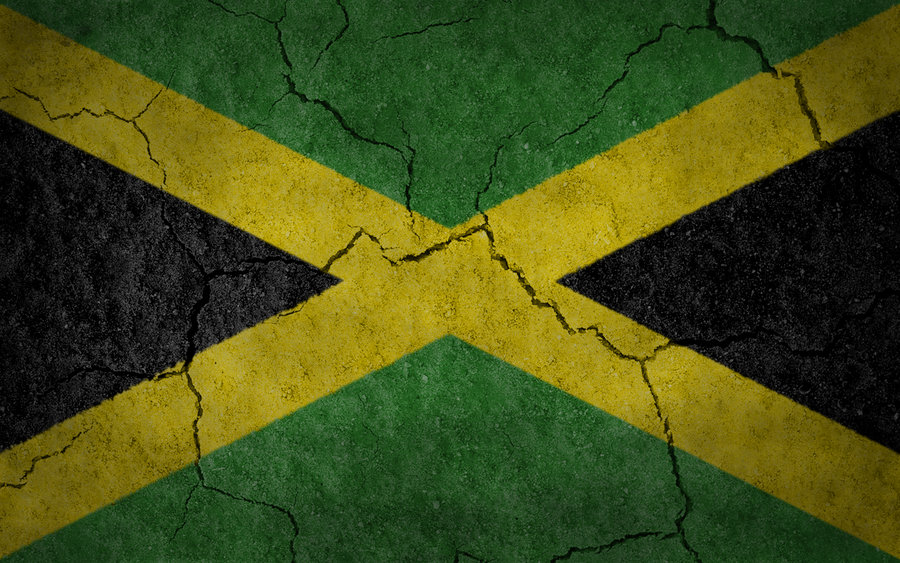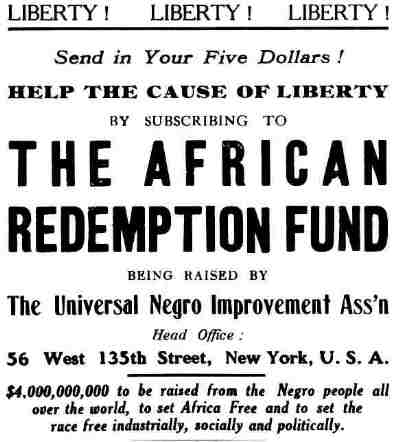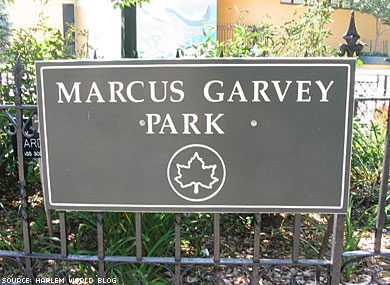Derek Coy | 281-435-8381 | DerekCoy@gmail.com



Early Years
Before arriving in New York City in 1916, Marcus Garvey had already launched papers in Panama, Costa Rica, and in his native land of Jamaica. However, on his 35th birthday, August 17, 1918, he launched The Negro World, the newspaper that would put himself and his United Negro Improvement Association (UNIA) on the radar of other Harlem residents and readers all over the globe.
The Paper was far from timid in regards to publicizing its official agenda as being "A newspaper devoted solely to the interest of the Negro race," a quote which accompanied the title on early editions of the paper. The paper would serve as a means to promote historical information of African culture, such as the rebellious tales of Denmark Vessey, Gabriel Prosser, Nat Turner, and of course Toussaint L'Ouverture, as well as providing stories that promoted the histories of both the Moorish and Ethiopian empires.
From the beginning, however, the paper was forced to overcome several different adversities and challenges from a variety of different places. The first was the competition from over four hundred other papers in the New York City area alone. Many of which, including the widely popular New York Age and Crisis, were already established and aimed at the same target audience as Garvey's paper. Also, within just six months of the original publication date, the paper was in dire need of three thousand dollars to stay afloat, forcing Garvey and other staffers to not draw a salary.
Transnationalism
After receiving a loan through a channel within the Socialist Party, the financial foundation of the paper became steady, allowing Garvey to spread his paper throughout the streets of Harlem, as well as throughout the Caribbean and Africa. Relying heavily on the willingness of black merchant seaman, Garvey was able to disseminate his publication throughout the world, reaching and influencing the lives of countless individuals.
Individuals such as Trinidadian J. Charles Zampty, the eventual organizer of the Colon Federal Labor Union, became an avid readers of The Negro World, and was inspired by Garvey. Also, the first governor general of independent Nigeria, Nnamdi Azikiwe, wrote in his autobiography that he still celebrated the day he read his first copy of Garvey's paper. Similarly, of the two major African Organizations in South Africa in the 1920's, the African National Congress and the Industrial and Commercial Workers Union, both were lead and heavily influenced by Garveyites.
Impact
As popularity increased among scattered members of the Black Diaspora, so did a backlash from colonial powers who were intimidated by the growing threat of Marcus Garvey. Garvey, however, was pleased to know that his paper and message was causing "consternation among the people," in places like Liberia. American Consul Henry D. Baker actually complained to the United States State Department about how The Negro World was being smuggled into Trinidad and Tobago after being banned, and caused strikes on the islands.
Similarly, in the Winward Islands, the governor advocated drastic legislation against The Negro World as early as 1919, arguing that he was afraid it would turn blacks towards Lenin, but was realistically opposed to any change in the current status quo. This growing fear ultimately led to Garvey's paper being banned in places such as the Belgian Congo, South Africa, Costa Rica, Trinidad and Tobago, to name a few. This was undoubtably a sign that Garvey accomplished his mission of informing disseminated Africans throughout the Diaspora of the exploitation of members of their race, and helped unite them against colonial powers.
Legacy
As of 2005, there are still several divisions of Garvey's UNIA in prevalent United States cities, such as D.C., Chicago, Cleveland, and Los Angeles. Also, throughout the world UNIA chapters are still active in places like Montego Bay and Kingston, Jamaica, Bergvlei, and South Africa. In the height of the Back to African Movement, Garvey was able to inspire and create over 1,000 UNIA divisions in the United States alone, and nearly 200 hundred abroad. According to historian Steven Hahn, the spark that created the divisions throughout the world, as well as the glue that kept their goals unified and divisions together was Garvey's newspaper The Negro World.


